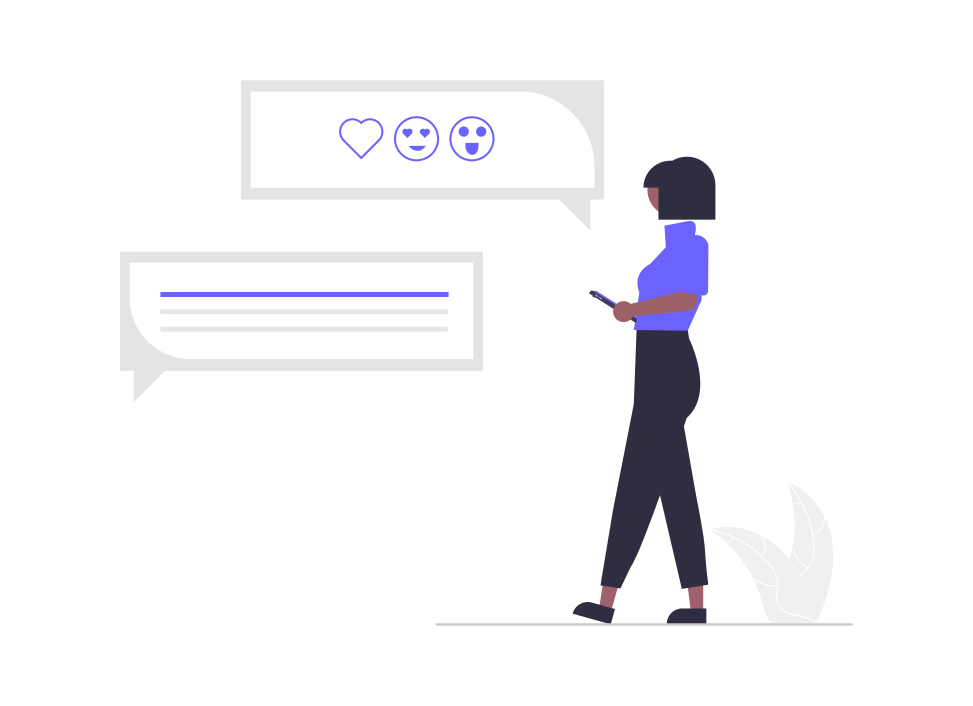Marketing in the modern era goes beyond mere demographics and purchase behavior. It requires a deeper understanding of what truly drives consumers. Psychographic segmentation offers insights into the values, attitudes, and lifestyles that influence buying decisions. Let’s explore the benefits of psychographic segmentation and how it can refine your marketing strategy.
Introduction
In the quest to connect with consumers on a more profound level, psychographic segmentation emerges as a powerful tool. By focusing on the psychological aspects of consumer behavior, this method provides a richer, more nuanced understanding of your audience.
The Core Elements of Psychographic Segmentation
- Values: What principles guide your customers' decisions?
- Attitudes: How do they feel about specific topics, products, or brands?
- Lifestyles: What activities, interests, and opinions shape their daily lives?
- Interests: What captivates their attention and time?
- Personality Traits: What inherent characteristics influence their behavior?
How Psychographic Segmentation Enhances Marketing Strategies
1. Deepened Customer Understanding
Psychographic data reveals the motivations behind consumer actions. This understanding enables marketers to:
- Craft messages that resonate on an emotional level.
- Predict how customers will respond to new products or changes.
2. Refined Targeting
With psychographic insights, you can:
- Identify niche markets with specific interests and values.
- Tailor campaigns to align with the unique characteristics of each segment.
3. Enhanced Personalization
Psychographic segmentation allows for highly personalized marketing efforts, such as:
- Customized content that reflects the audience's values and interests.
- Personalized product recommendations that align with their lifestyle.
Implementing Psychographic Segmentation
1. Data Collection
Gathering psychographic data requires diverse methods, including:
- Surveys and Questionnaires: Directly ask customers about their values, interests, and lifestyles.
- Social Media Analysis: Monitor social media activity to identify trends and preferences.
- Customer Feedback: Use reviews and feedback to gain insights into attitudes and opinions.
2. Data Analysis
Analyze the collected data to identify common psychographic profiles. Tools and techniques include:
- Cluster Analysis: Group customers based on similarities in their responses.
- Factor Analysis: Identify underlying factors that influence consumer behavior.
3. Segment Creation
Create detailed psychographic profiles for each segment, focusing on:
- Key Values: What do they prioritize and care about?
- Primary Interests: What activities or topics engage them the most?
- Attitudinal Trends: How do they generally feel about your product category?
4. Strategy Development
Use these profiles to develop targeted marketing strategies, ensuring that:
- Content: Reflects the values and interests of each segment.
- Channels: Utilizes the platforms where each segment is most active.
- Messages: Speak directly to the attitudes and motivations of your audience.
Benefits of Using Psychographic Segmentation
1. Increased Engagement
When marketing efforts align with the psychological profile of your audience, engagement naturally increases. Customers are more likely to interact with content that feels relevant and personalized.
2. Higher Conversion Rates
Understanding the deeper motivations of your customers can lead to higher conversion rates. When customers feel understood, they are more inclined to make purchases.
3. Improved Customer Loyalty
By continuously aligning your marketing strategies with the evolving psychographic profiles of your audience, you can foster long-term loyalty. Customers who feel a deep connection with a brand are more likely to remain loyal over time.
Challenges in Psychographic Segmentation
Despite its benefits, psychographic segmentation presents certain challenges:
- Complex Data Collection: Gathering accurate psychographic data can be more complex and time-consuming than demographic or behavioral data.
- Dynamic Nature: Psychographic factors can change over time, requiring ongoing monitoring and adaptation.
- Integration: Combining psychographic data with other segmentation methods can be complex but necessary for a comprehensive marketing strategy.
Conclusion
Psychographic segmentation offers a pathway to a deeper, more meaningful connection with your audience. By understanding the values, attitudes, and lifestyles that drive consumer behavior, marketers can craft strategies that resonate on a personal level, leading to increased engagement, higher conversion rates, and improved customer loyalty. Embrace psychographic segmentation to refine your marketing strategy and achieve a more profound connection with your customers.


